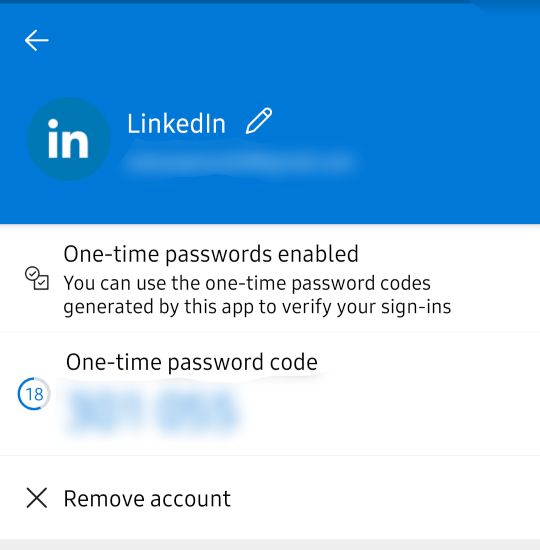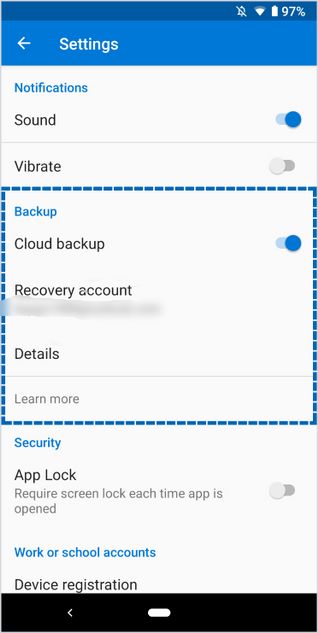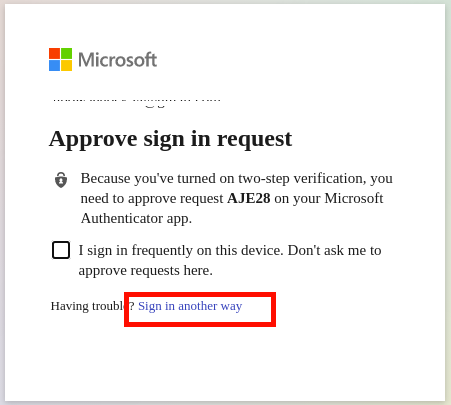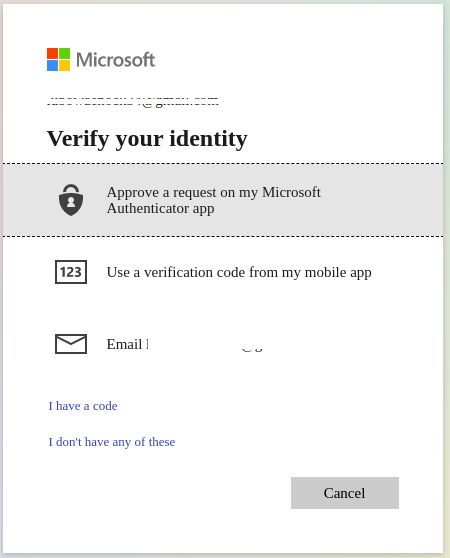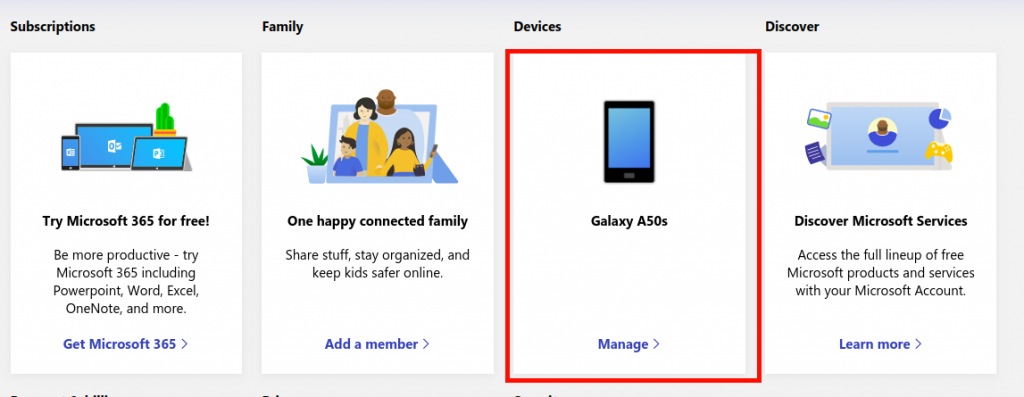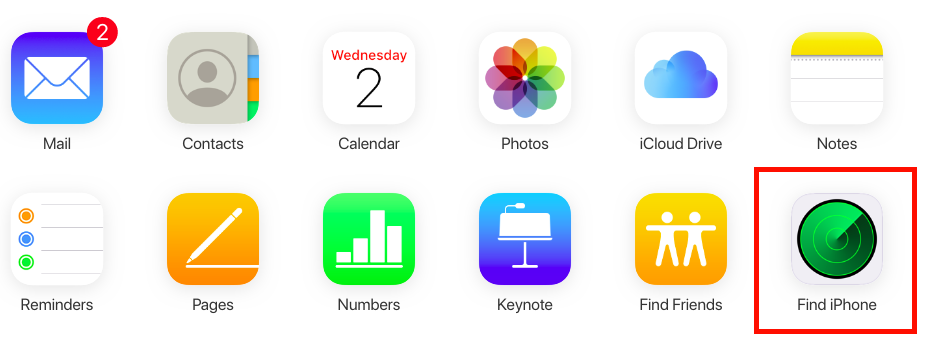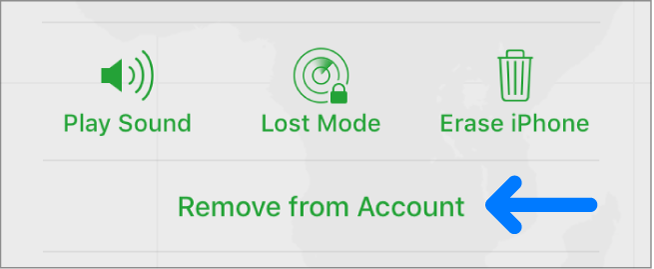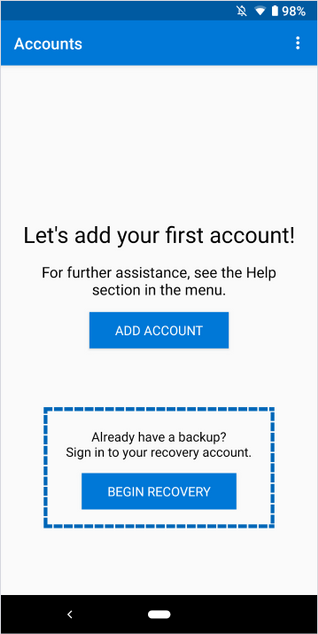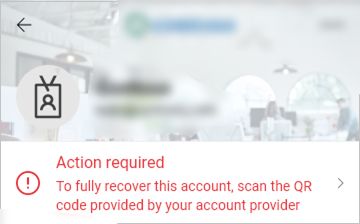There is always a bit of house cleaning required before you can be able to recover your authentication codes from Microsoft Authenticator. There are three main parts of the process that are; Enabling Cloud backup, removing existing Microsoft Authenticator sessions, and then Account recovery. So let’s dive in.
Step 1: Set-up Cloud Back-up for Microsoft Authenticator
This is something you need to do the moment you start using Microsoft Authenticator because it’s from a back-up that you’ll be able to recover all your accounts. If you’re reading this and you already lost access to your authenticator app(old phone) before setting up Cloud backup, then it’s unfortunate, you’ll need to manually recover your accounts and set-up 2-factor authentication again. It will be easier if you kept a copy of the recovery codes usually offered by account providers when setting up multi-factor authentication. In case you don’t have the recovery codes, don’t worry you can still recover your accounts by following the procedure provided by the respective account provider, different services have different procedures for recovering accounts. If you’re lucky enough that you still have your old authenticator app with the codes, here’s how you can set-up cloud back up:
For Andriod users:
Prerequisites
The operation requires that your phone is running Android 6.6.0 or later.You’re also required to have a personal Microsoft account. This is used to store backups on the cloud.
For iPhone users:
Prerequisites
An iPhone running iOS 5.7.0 or laterAn iCloud account instead of a Microsoft account that will be used for storage
Note: Codes that are backed up from an iPhone can not be recovered from an Android phone or vice versa. For such a case, you will need to manually recover your accounts from the respective account providers.
Step 2: Removing Existing Microsoft Authenticator Session
Recovering codes from Microsoft account requires that there’s no another phone active with your account. This means you can’t have two phones running your Microsoft Authenticator account like it is for some of the other authenticator apps. If you don’t remove your account from the previous phone, the backup will be replaced by the new phone data meaning you’ll lose all the accounts you had on the old phone. Follow these steps to remove any existing session of your Account:
For Android users:
This requires you to sign out your Microsoft account from the phone with the app that you previously used. If you have 2-factor authentication set up on your Microsoft account, it will require you to have the app in order to sign in, follow the steps below to sign in without the app, because well, you don’t have the app:
For iPhone users:
Since Microsoft Authenticator backups are stored on iCloud for iPhone users, the only way to remove the Microsoft Authenticator app from an iPhone is by removing the device from your iCloud account. Follow these steps to remove the old iPhone from iCloud:
Step 3: Recovering Codes in Microsoft Authenticator
Since there won’t be any conflicts between old and new cloud backups because the previous phones are removed, the account is now ready for recovery.
Recovering Codes for Work or School
Recovering work or school accounts might require additional verification since the previous phone is tied to the organization account. Organization accounts which need to be fixed will display an error of “Action Required” Even though recovery of the verification codes is possible, it’s important to store a copy of the recovery codes provided by account providers when setting up multi-factor authentications. They can be of great help in case you’re unable to access the cloud backups for some reason, say you accidentally delete the backup or you lose your phone before setting up Cloud backup.
How to Fix Uplay Google Authenticator not WorkingGoogle authenticator not working? Try these fixesHow to Use Steam Guard Mobile AuthenticatorAndroid Errors: Play Store Error Codes and Fixes
